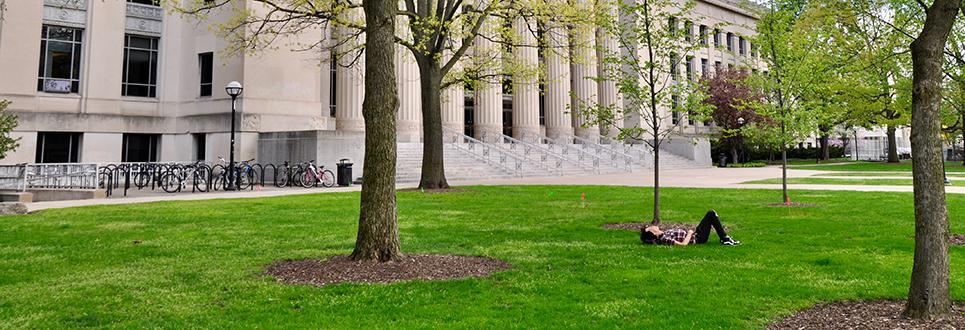How Aid is Awarded


The University of Michigan has made a commitment to meet the demonstrated financial need of Michigan resident undergraduates who meet all application deadlines. Need-based scholarships and grants, loans, and Work-Study funds are awarded to eligible in-state students whose Cost of Attendance exceeds their family’s financial resources.
Non-resident students and resident students who do not qualify for need-based aid may wish to apply for departmental or private scholarships and supplemental loans to cover the cost of attendance.
The Office of Financial Aid distributes need-based grant, scholarship, loan, and Work-Study funds equitably among all eligible applicants who apply for financial aid by established deadline dates. Amounts are determined by a combination of demonstrated financial need, federal maximums, available funding, and other factors.
Here's how we determine your demonstrated need: Your Cost of Attendance at U-M for one academic year minus your Student Aid Index (SAI) and other financial resources equals your demonstrated need (eligibility) for need-based financial aid.
U-M awards financial aid funds in the following order to eligible students:
* The university has instituted the Go Blue Guarantee, which pays tuition and mandatory fees for students with family incomes of $125,000 or less and assets below $125,000 (effective fall 2025). The current thresholds are family incomes of $75,000 or less and assets below $75,000. For students who qualify, financial aid may contain a variety of funding sources (Federal Pell Grant, Federal Supplemental Opportunity Grant, Michigan Achievement Scholarship, institutional scholarships and grants, and non-UM tuition scholarships and grants). These, together, make up the Go Blue Guarantee. Eligibility details here. Tuition is the cost of classes and mandatory fees are those the university charges to all students. See our Cost of Attendance page for information about other educational costs.
To ensure that students in comparable circumstances are treated equitably, U-M may limit the dollar amount of grant and scholarship assistance awarded from university sources to individual students. If you receive grants or scholarships that exceed your total Cost of Attendance and they include funding from a U-M source, they may be adjusted so that total funding equals the Cost of Attendance.
Students who need additional funds to cover expenses and those who are not eligible for need-based aid may consider supplemental loans such as the federal Direct PLUS Loan and/or private education loans. These require separate applications.
Non-Michigan residents may need additional resources to cover their costs of attendance. We encourage students to pursue private scholarships and to inquire in their home states about whether state grant funding is available to students attending out-of-state schools. Some students may also be eligible for scholarships from the U-M school or college in which they are enrolled.
Other sources often used by nonresident families are the Federal Direct PLUS Loan (available to the parents of undergraduate students), the Grad PLUS Loan (for graduate students), and private education loans.